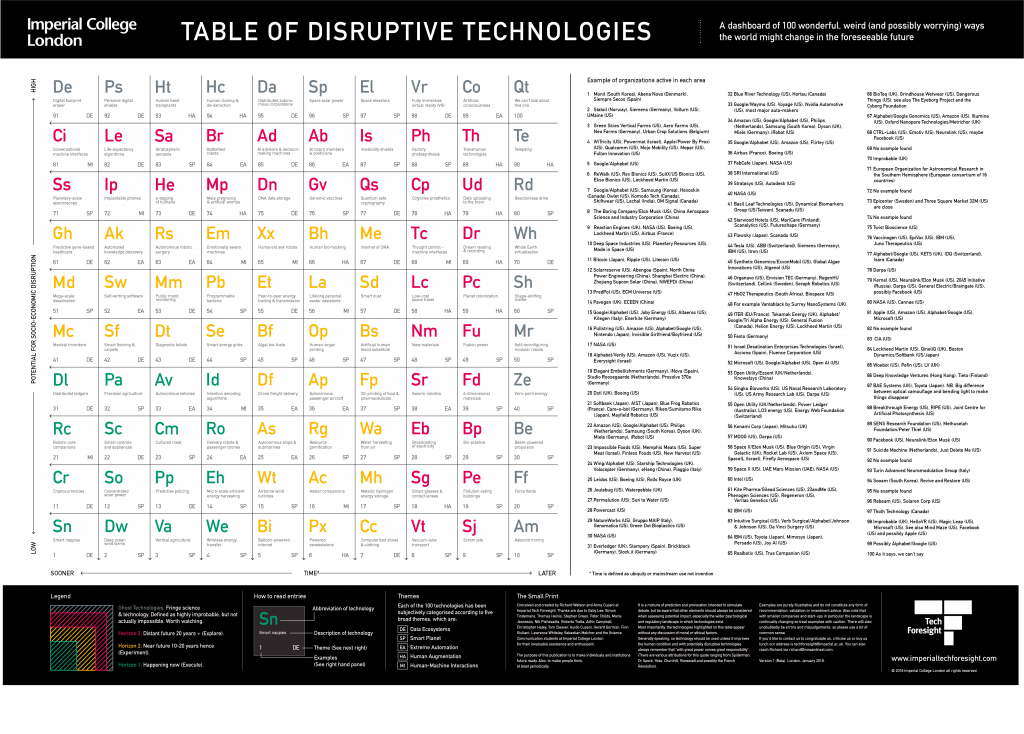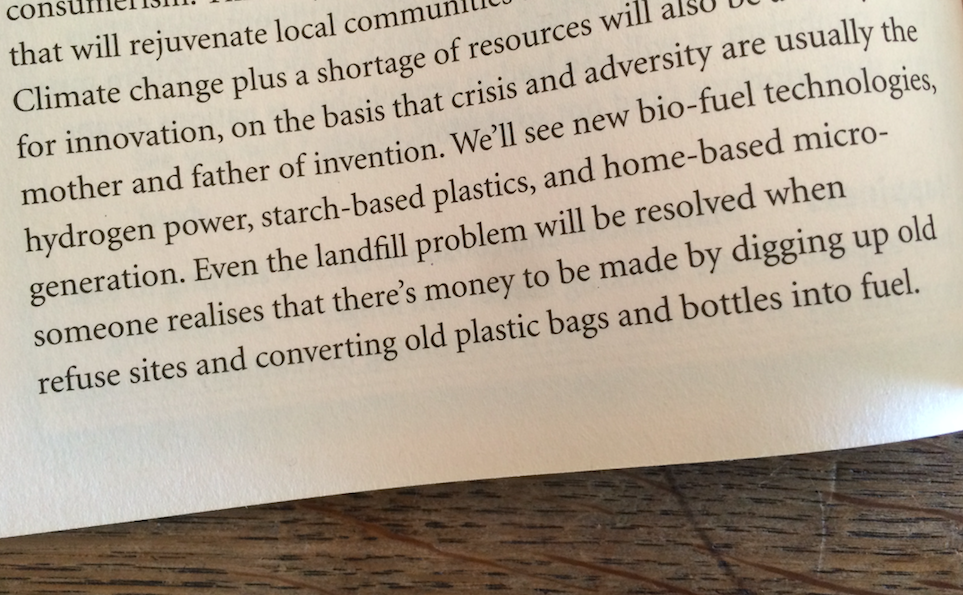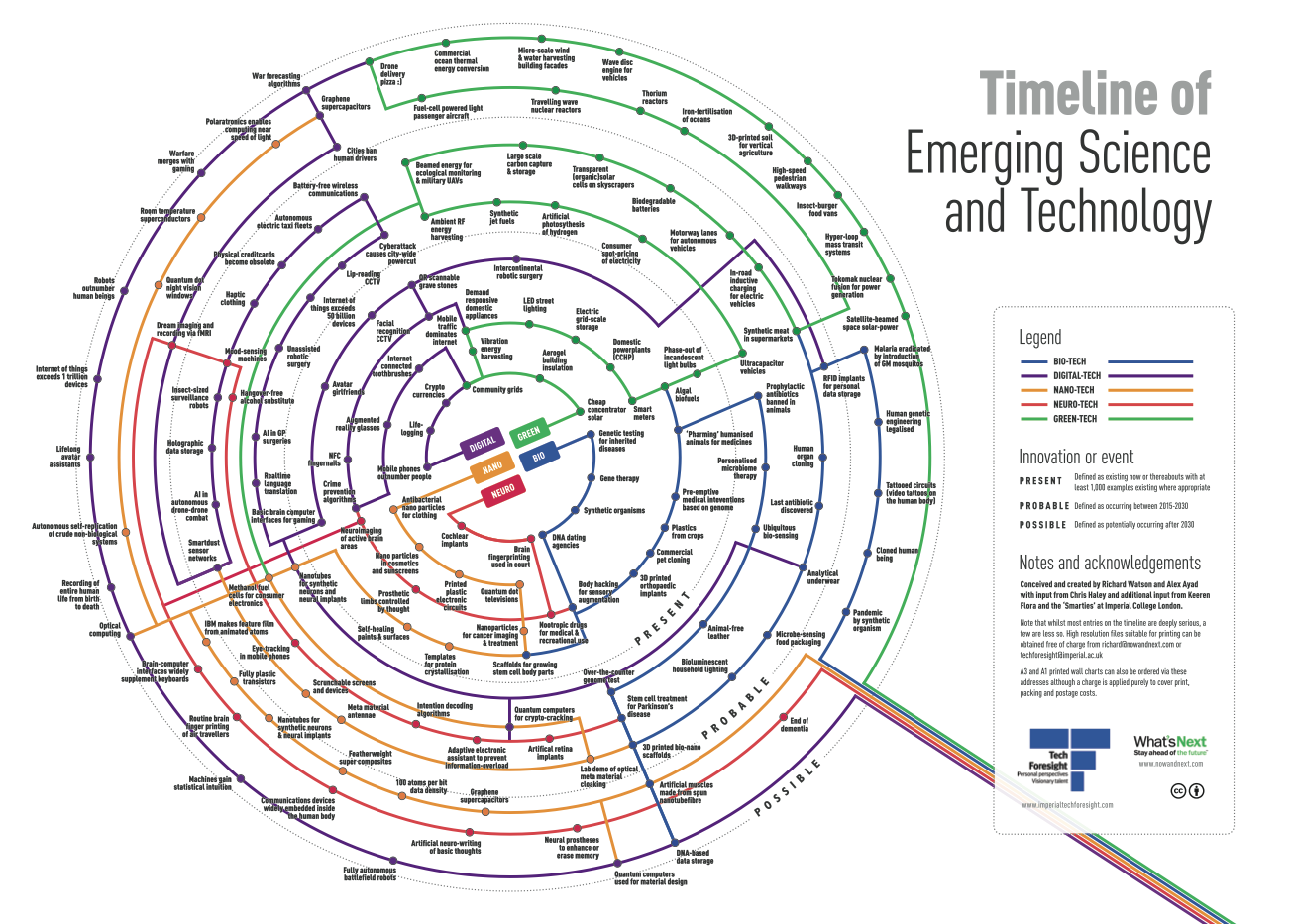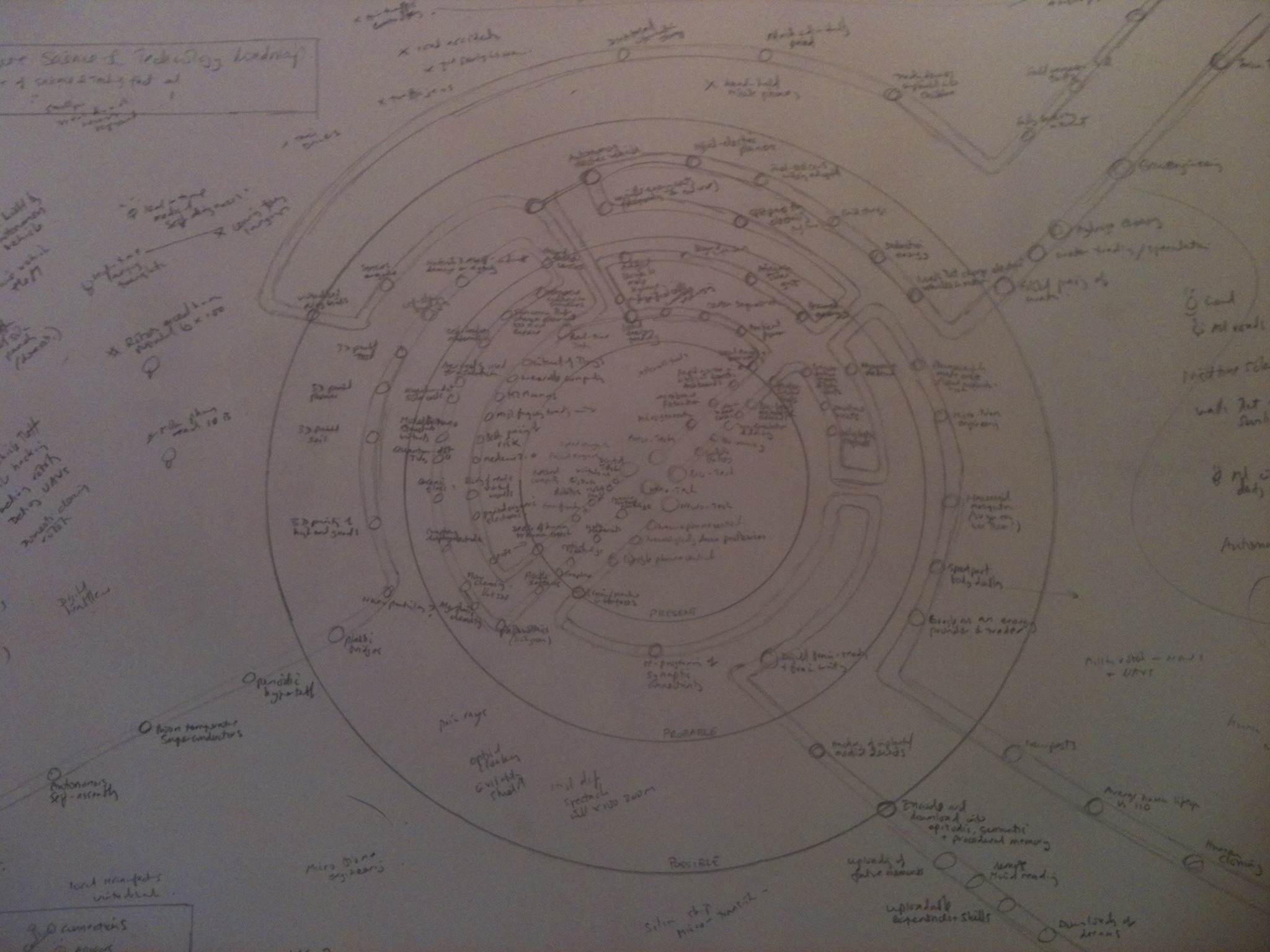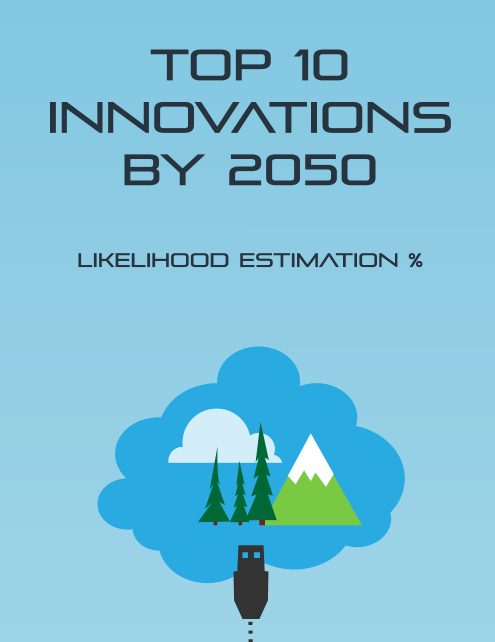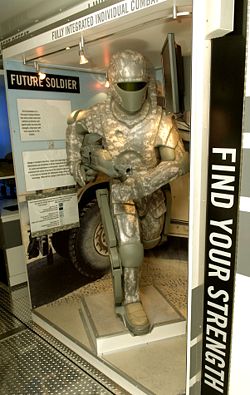
Invisibility cloaks
There appear to be two ways of doing this:
1. Optical camouflage — project your surroundings back onto yourself. For example, if a soldier is in a wood the trees could be projected onto every part of your clothing or equipment in the same way that a Gecko disguises itself.
2. Force light to travel around an object thereby making the object ‘disappear’. This is essentially reverse reflection and operates in a manner that is similar to the old straw in a glass of water trick where the straw appears to be bent.
Emotionally aware machines
Toyota is currently working on a technology that would allow a car to sense a driver’s emotional mood and then change itself to increase safety. Similarly, Microsoft is looking at ways of enabling your computer to work out what kind of mood you are in (relaxed, busy, angry etc) and then time the arrival of emails to suit your mood.In theory online retailers could also judge a persons mood and instantly personalise either their homepage or product offers.
Robotic soldiers
The biggest military contract in US history was recently awarded for the development of what was euphemistically called Future Combat Systems (robo soldiers to you and me). However, anyone expecting Robocop with an Uzi will be sadly disappointed, at least in the short term. Currently these robots look like rather lethal Tonka toys although the intelligence of these things should grow. On a related note the US military is also developing a range of SWORDS (Special Weapons Observation Reconnaissance Detection System), which is likely to cover spy planes the size of house flies (Fly Planes?), robo goats and robo lobsters.
Vertical city farms
By 2050 80% of the world’s population (around 9 billion people) will live in cities.Given the need for land and the pressure to reduce transportation (due to climate change but also because of congestion) high-rise farms will start to be built in the middle of cities. This will satisfy the need for fresh local produce but should also reduce carbon emissions and reduce run-off. Cities are generally warmer than the surrounding countryside some energy requitement for heating may be reduced in some areas too.
Space elevators
A space elevator is a structure whereby objects can be sent to and from space using a tethered cable or similar. The idea is a bit Jack-in-the beanstalk but is technically possible if you could make s structure strong enough. In space there would need to be a counter weight, which is somewhat problematical, not least because the strength of the earth’s gravity would tend to pull the counterweight back to earth. Perhaps a better idea would be to use space elevator on a planet such as Mars that has a weaker gravitational field.
Fully sensory internet
In the US you can buy a gaming vest filled with compressed air that simulates the sensation of being shot. In Japan and the US you can buy aroma pods that download smells from the internet and haptic technology already simulates the feel of things that don’t actually exist. Combine all of these elements with a few hallucinatory drugs and you’d have a virtual reality that was very close to the real thing.
Childcare robots
In Japan you can buy a 38cm robot that can do the babysitting. It sends pictures to the parent’s mobile phone of the child sleeping and uses face recognition technology to know whether someone is friend or foe. The bot, known as PaPeRo (Partner type Personal Robot) can be sent instructions to play with the child, again by mobile phone. The bot is currently being trailed in a day care centre in Tokyo.
Robotic surgery
This is the use of robots to perform surgery on humans or animals or remote surgery using a combination of human surgeon and robotic assistant. In 1988 Imperial College London used a bot to perform prostrate surgery and the first remote surgery (between a human surgeon in New York and a pig patient in France) took place in 2001.The world’s first fully unmanned surgery took place in Italy in 2006.
Microscopic robotic surgeons
In 1966 the film Fantastic voyage features a miniaturized submarine that was injected into the blood stream of a patent. In the future nanotechnology may create a miniature robot than can enter the body via the bloodstream to treat or repair body damage.
Intelligent dating device – IDD
A device that is worn by a person to a) tell you whether someone in the immediate vicinity is available for dating and b) whether that someone will be attracted to you.
3D printers
A home based machine that can print any 3D object by layering successive layers of material upon each other. For example, after downloading the right software/blue prints the machine could ‘print’ a new element for a kitchen kettle or a new SIM card for a mobile phone. The ultimate aim of this technology would probably be to create a machine that can create itself.
Oceanic thermal converter
A method for generating electricity using the temperature differences that exist between deep and shallow water in our oceans. Technically a heat exchange engine that would be many times more efficient that wave power.
Fish ranching
Giant cages that float around the world’s oceans growing fish. The cages would float on the ocean currents but would contain GPS so people know where they are together with a propulsion system so that when the fish are ready to eat the cage can be driven to the nearest port.
Synthetic reality /programmable matter
Self-assembling machines using man made atoms. The individual elements can be programmed to change shape or colour and can instantly morph into any 3D object including replica of human beings. Currently dubbed claytronics (a reference to claymation) the idea is being worked on at Carnegie Mellon University in the US.
In some ways this technology could achieve a form of teleportation because full size replica of oneself could be ‘sent’ over the Internet much in the same way that words and pictures currently are. A camera would capture an image of the person and then this would be sent to a lump of ‘clay’ somewhere, which then morphs into ‘you’.
Injections to treat addictions
This exists already in pill form (Vivitrol) and the FDA has given approval to an injectable version of the drug (Naltrexone) back in 2006.
